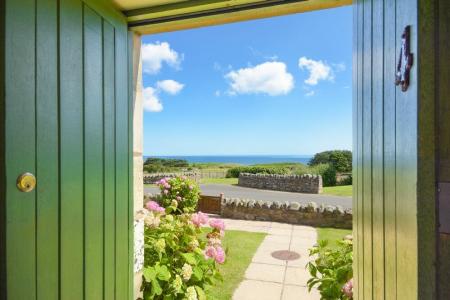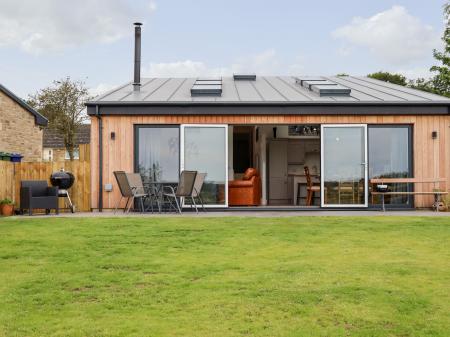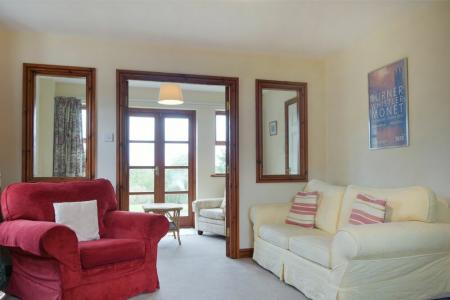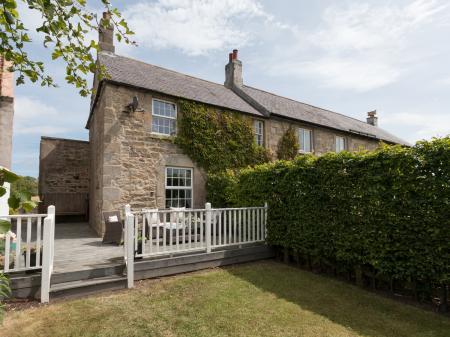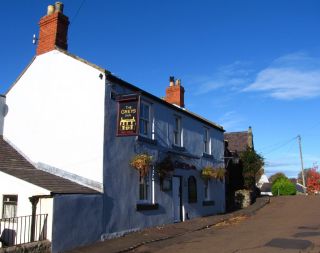
The village itself is about half a mile from the shore, separated from the water by a stretch of sand dunes and rocks. The area around the dunes is rich in wildlife and a haven for flowering plants like cowslips and bluebells.
During the Victorian period, Embleton had a thriving whinstone quarry. The wealth of the area at that time is reflected in the Victorian village hall, thought to be the largest in Northumberland. The hall is dedicated to Mandell Creighton, who served as vicar of Embleton from 1875 until moving up in the Church of England to eventually become Bishop of London.
The parish church of Holy Trinity is a largely 13th-century building, but incorporated into the walls are fragments of a late 11th-century church. The chancel windows contain stained glass made by CE Kempe, the famed 19th-century glass artist.
Nearby is Embleton Tower, a fortified tower, or pele, built in 1395 by Merton College, Oxford, who held the living from 1322. The tower was erected for the vicar after a devastating raid by Scots, and for the next 600 years it served as the vicarage. It was here that Mandell Creighton began writing his comprehensive 'History of the Papacy'. It is now a private dwelling.
The walk along the shore to Dunstanburgh Castle is very popular, and on sunny summer days there is limited parking at the end of the road leading to the shore, where the path starts. The castle was begun in 1313 by Thomas, Earl of Lancaster, on the site of an Iron Age fort. Earl Thomas was executed for treason shortly after the castle was built, and it passed to the crown.
It changed hands several times during the Wars of the Roses and was badly damaged in sieges by both Yorkists and Lancastrians. James I finally sold the castle in the 17th century and today it is a romantic ruin atop the rocky headland.
There are two traditional inns in the village; the Blue Bell and Greys Inn.
Despite all this history, most people come to Embleton to relax on the wide, sandy beach, reckoned to be one of the safest and cleanest beaches in England.

 We've 'tagged' this attraction information to help you find related historic attractions and learn more about major time periods mentioned.
We've 'tagged' this attraction information to help you find related historic attractions and learn more about major time periods mentioned.